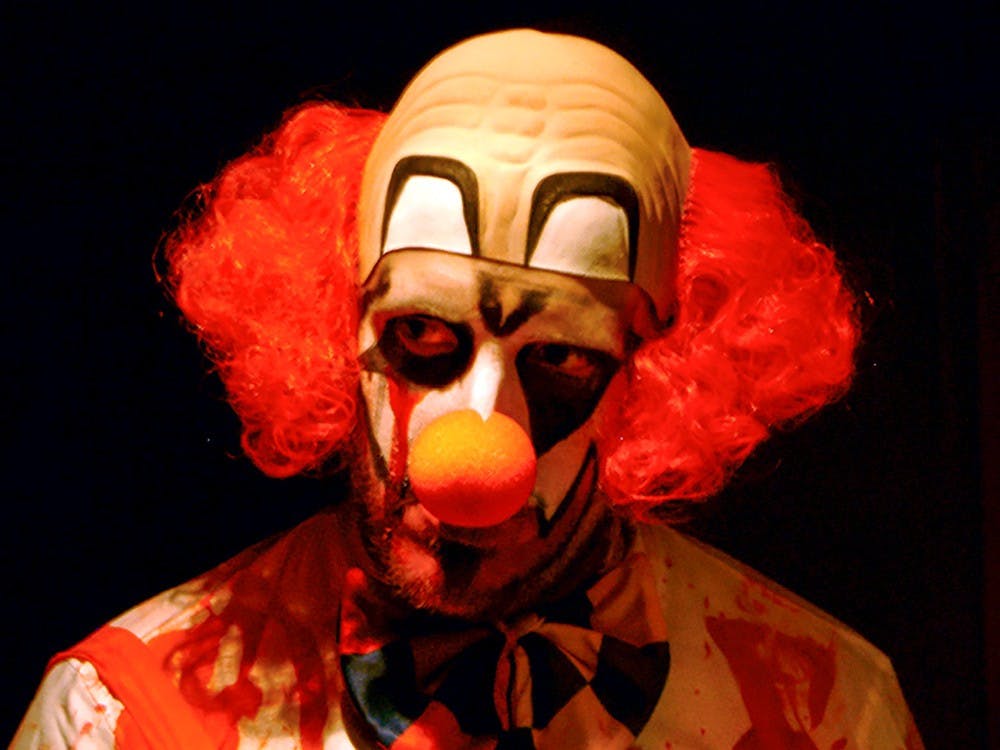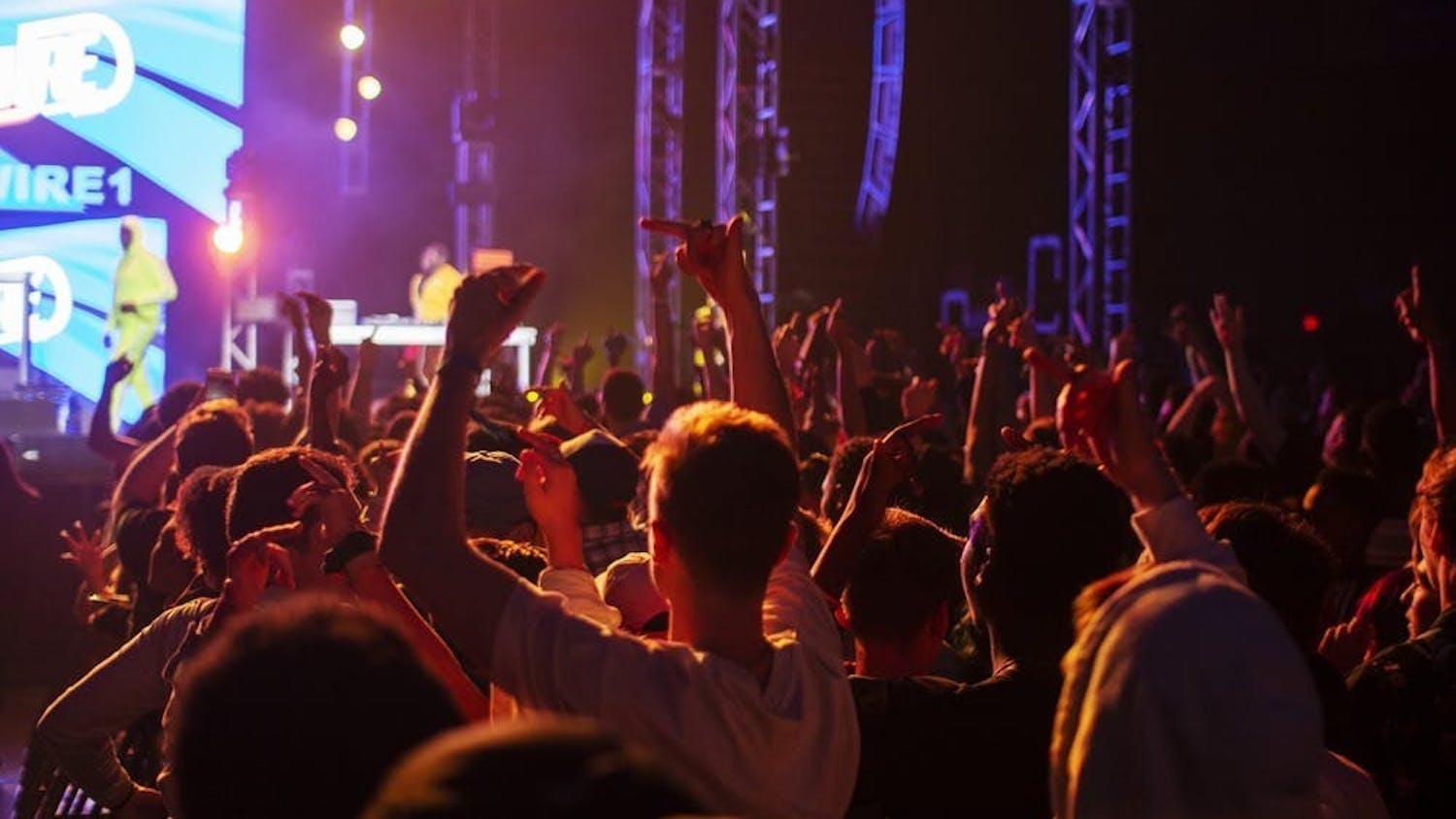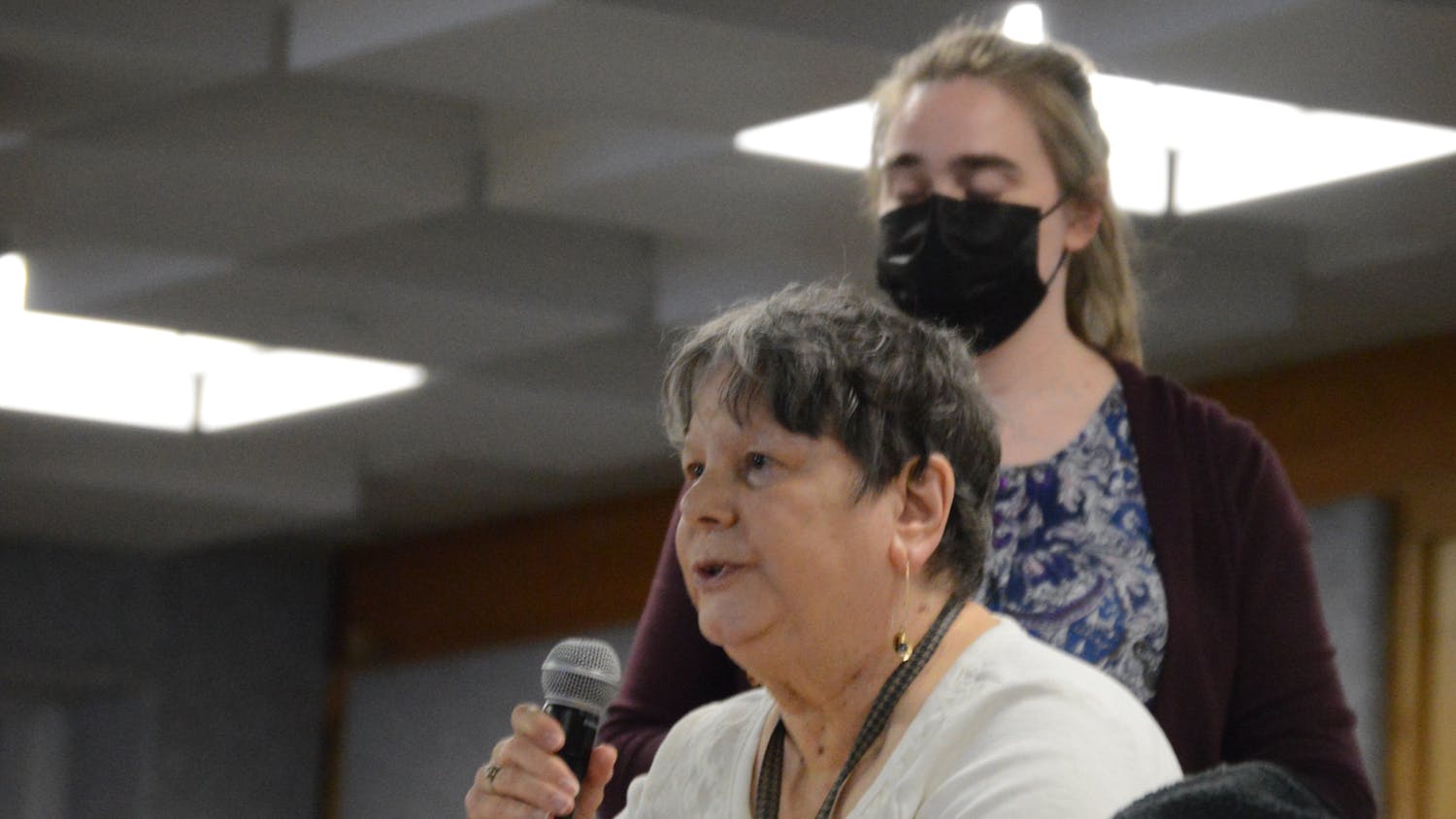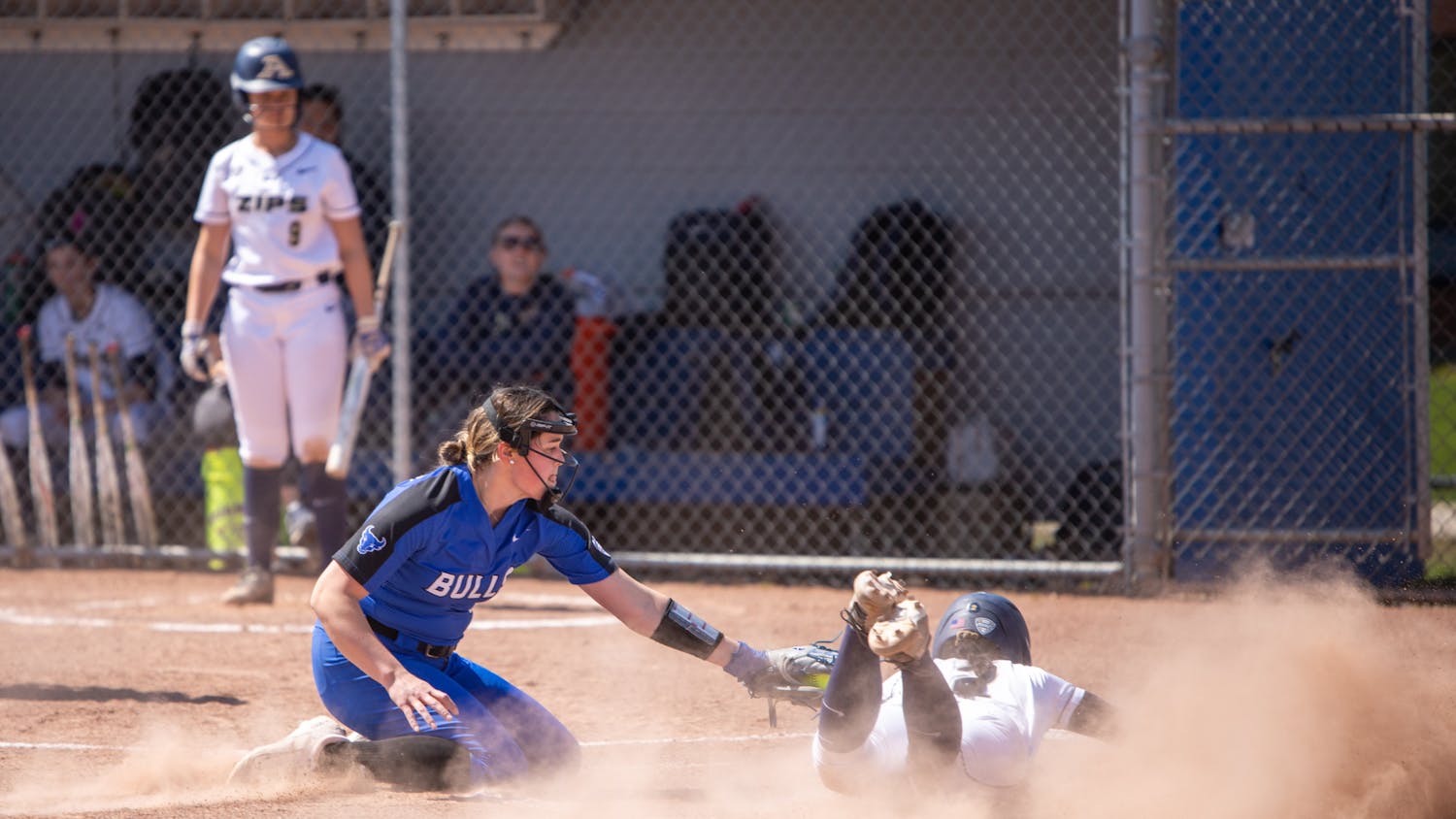Andrew Stott said the chances of encountering a creepy clown are probably not much different from the chances of contracting Ebola or Zika viruses. The chances are “very, very slim.”
Since Aug. 20, clown sightings have spread nationally and have led to at least one death, roughly 12 arrests and school lockouts, according to The New York Times. Elementary schools, middle schools, high schools and colleges across the nation have dealt with clown reports and sightings. Many UB students have expressed concerns with clowns appearing on campus on Twitter, but university police don’t see clowns as a major threat.
Although there haven’t been any clown sightings at UB, UPD Chief Gerald Schoenle said the “clown hype” has a life of its own and there hasn’t been any serious danger.
“I think it’s more of a high school thing and hopefully our college students don’t buy into that,” Schoenle said.
Schoenle said he wants people to be safe all the time but for Halloween there will be more police staff working and extra shifts. He said 9 p.m. to 7 a.m. is typically a peak time for problems. Schoenle said it’s better to walk in groups of three when going out and to be cognizant at all times of surroundings.
Stott, vice provost and dean of undergraduate education and English professor, jokingly said clowns wouldn’t come to UB because they are scared of him.
“Clowns never come anywhere near me because I am sort of the anti-clown. I am the spokesperson for anti-clowness,” Stott said. “They don’t like me.”
Stott has written two books related to clowns. He said he’s a reluctant expert on clowns because he’s studied humor across centuries and especially in British popular culture for years.
Stott said clowns have become more associated with horror than laughter and the scary clown has now become an anachronism.
“The image [of clowns today] is still really vivid and bold, but the meaning has been hollowed out and changed,” Stott said. “They used to mean something benign, playful and humorous and in touch with a childhood innocence but now the symbol remains and all that has been turned on its head.”
There’s no prime television show for clowns and the Big Top Circus is not as popular anymore, Stott said.
If Stott were to encounter a clown, he would commiserate with him. He said he would discuss alternative career paths and put them in touch with resources to be trained in something else.
“If you find a clown, try and relate to them other than just beating them to a pulp or setting them on fire or something like that. I really don’t encourage that,” Stott said.
Stott said he feels bad for the clowns but is a little worried they will come get him one day and “eviscerate” him in “some psychotic fashion.”
Some students are concerned after hearing about the national clown trend.
Sindhu Morapakala, a first year graduate student studying computer science and engineering said this concerns her because clowns creep her out in general. She said clowns are a “very alien concept” for her since going to the circus is now an “old concept.”
Morapakala said if she were to encounter a clown, she would freak out and try to distance herself.
Stott said it’s fashionable and normative to be creeped out by clowns.
Stott said America is experiencing one of the most absurd, surreal counterfactual political cycles of all time which should be matched with a surreal and absurd rash of clown sightings.
Stott would like to see the presidential candidates dedicate the next debate discussing the clown trend and how to protect us from them. He said it would be hilarious.
“It would be the absolute culmination of absurdity and I think everybody would just kind of dissolve into this sort of purple fog of insanity if that were to happen. It would just be great,” Stott said.
Stott mentioned classic clown figures such as the Joker and Krusty the Clown.
“If you think about when the clown was most prominent in the mid-twentieth century when America was at its industrial peak and the Big Top Circus was closely related to the majesty of the railroad and that industrial era has rusted and been outsourced and fled from America.”
Stott said the Joker is associated with a humor that has “boiled over from the normal and curdled into insanity.” The Joker is associated with appearances in disused facilities or boarded up fun parks.
These figures are way past their prime, according to Stott. “All that remains is this kind of sad reflection of what was.”
Clowns represent cultural and economic anxiety, according to Stott. He doesn’t think students are thinking about clowns in this way. He thinks they are doing it just to be funny and to scare people.
Stott said the clowns need understanding.
“Really, they’re not scary, they’re just underemployed,” he said. “However, that in America itself is something of a crime. We’re very keen to marginalize the underemployed in America and if you’re not part of the productive economic core, it’s very easy to become labeled and stigmatized in this country and that’s what’s going on with clowns,” Stott said.
Stott thinks the clown trend will soon reach its peak and a new trend will replace it.
“I feel a bit sorry for clowns in a way, but it’s over,” Stott said. “They need to go retrain as something else, maybe data analysts or something. The time is gone and that’s hard for them to hear.”
Hannah Stein is the co-senior news editor and can be reached at hannah.stein@ubspectrum.com. Follow her on Twitter at @HannahJStein





